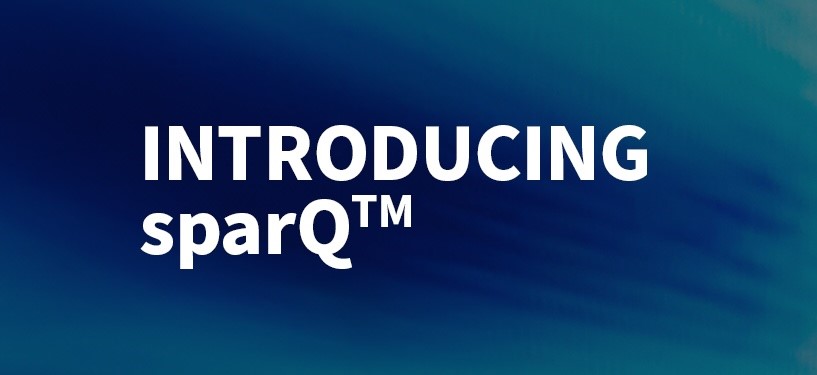Voluntary turnover has hit record highs as of late. According to a recent Gartner study, U.S. employees voluntarily leaving their jobs is projected to jump 20 percent in 2022 over 2021, resulting in 37.4 million U.S. employees expecting to leave their jobs voluntarily by the end of the year.
Gartner estimates that these higher turnover rates will continue post-pandemic, with rates hitting as high as 24 percent annually for years to come.
With these growing numbers of voluntary turnover, focusing on retention is more critical for employers than ever before – especially in those first few weeks of employment. So, keep reading to learn about four ways to keep employees from quitting in their first 30 days.
1. Set Clear Expectations Early and Often
When retaining new employees, managers should set clear expectations early and often. By providing a realistic picture of the job and its duties during the recruiting process, employers lay the foundation of employee expectations.
However, this shouldn’t stop at the hiring stage. As new employees are onboarded – and even into their first few months – the job expectations should be continually discussed and reinforced, especially as the employee becomes more comfortable with their new role.
When setting these expectations – early and often – the employer can also demonstrate that it is committed to setting the employee up for success by showcasing its commitment to new employees’ learning and development.
2. Encourage New Employees to Use Their Voice
Another way to boost employee retention is to encourage new employees to have a voice. This is often challenging in the first few weeks of a new job as employees are often still completing onboarding tasks or learning about their job’s responsibilities.
However, by encouraging new hires to openly converse with other employees and managers, new employees will feel like they’re part of the team from the start. By sharing their ideas, questions, and concerns, managers can also better gauge where employees need extra support in those early days.
3. Practice Empathy and Recognize Contributions
Practicing empathy and recognizing contributions go hand in hand with retaining new employees. But, first, when retaining new employees, managers and leaders must remember what it was like when they were new to the organization.
Empathetic leadership creates loyalty among 88 percent of employees, according to a recent study. This study indicates that 79 percent of employees agree that employer empathy decreases turnover.
For example, new employees may feel overwhelmed in a new position, like they’re drinking from a fire hose. Employers would do well to empathize with these early stressors, giving new employees the time and the space to get acquainted with both the company and the job.
At the same time, employers should recognize new employees’ contributions and value, even in the first month on the job. For example, tell new employees how much you appreciate their efforts. Tell them thank you. Or give them a small gift of appreciation. These small acts not only show that you care about the new employee, but that they are a valued member of the team.
4. Hold Regular Check-Ins
Finally, hold regular check-ins to boost employee retention. Consistently checking in with your new employees gives them an opportunity to express their thoughts and questions while giving them one-on-one interaction with their manager.
Also, address what’s working and what isn’t. Allow them to ask questions about their job or the company, giving leaders insight into any potential issues or needs. This can often help you get ahead of new employee needs before they become bigger issues – potentially causing the employee to leave.
Want help managing your new talent strategically? Cangrade can help you leverage your data to place talent in the right roles, teams, and departments while helping you better understand your employees’ motivations.
___
This post was originally published by Cangrade.




